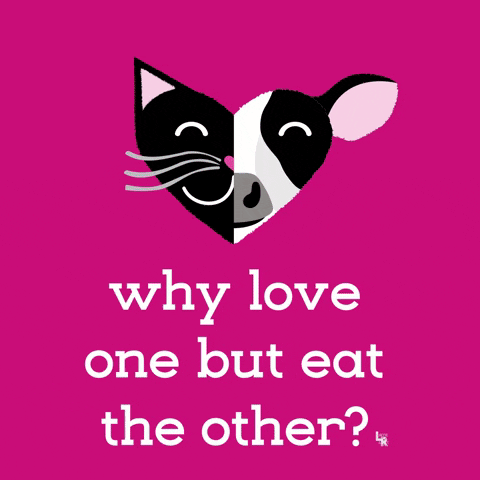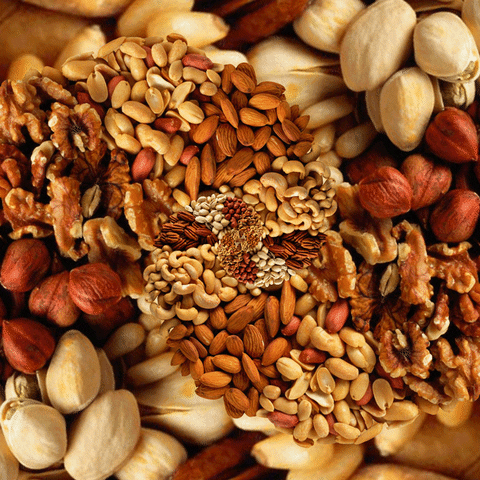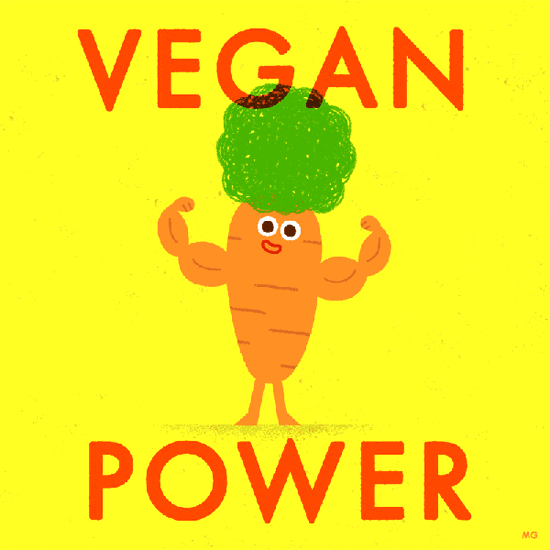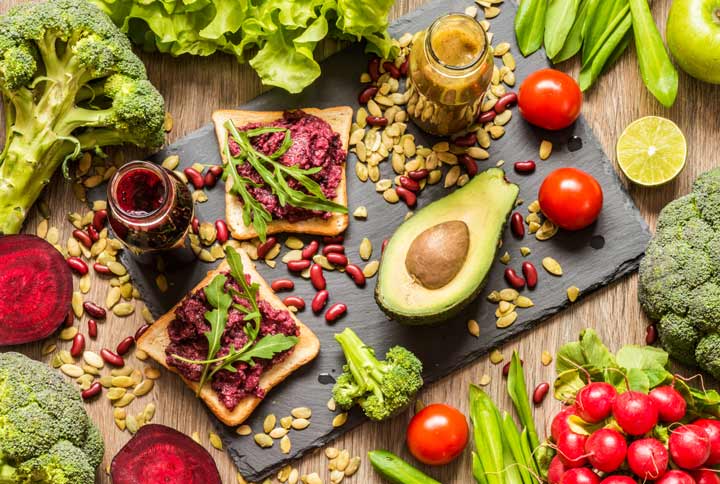
So, you’ve heard about Veganism, but don’t know anything about it? Or, you know its benefits, but don’t know how to start practicing this lifestyle. Don’t worry, we’ve got you covered. Here’s a guide to help you understand Veganism better!
What is Veganism?

Veganism is slowly, but surely gaining popularity around the world. Increasingly, more people are looking to switch up their diets for ethical, environmental or health reasons. Veganism is a way of living which works towards reducing harm to all animals. It requires abstention from all forms of exploitation of and cruelty to animals for food, clothing or any other purpose.
Vegans avoid meat, fish, dairy, eggs, honey, gelatin, wool, fur, silk, suede, and leather—anything sourced from animals.
Veganism is different from Vegetarianism. All vegans are vegetarians, though the opposite is not true.
How does going vegan help?

It keeps you healthier and happier
Not only does it help you reduce weight, adopting a vegan diet helps retain energy. Vegans are also less likely to develop heart disease, cancer, diabetes and high blood pressure than meat-eaters are.
It’s a great way to help animals
Every vegan saves nearly 200 animals per year. Choosing plant-based foods over meat, eggs, and dairy products is the easiest way to reduce the suffering of animals.
It benefits the environment
Animal husbandry has a highly negative impact on the environment. The more people that go vegan, the more there is a reduction in greenhouse gas emissions, in loss of biodiversity and in pollution.
Economic benefits
A plant-based diet, while offering similar nutrition is highly easy on the pocket.
Vegan food is delicious
Going vegan doesn’t mean skipping on your favourite foods. You can still binge on pizzas, burgers, ice cream, et al. The only difference is that you would be substituting all the meat and dairy products with vegan options, which let’s face it, leads to equally tasty meals!
How can you practice Veganism?

If you’re looking to go vegan, it’s advisable to start slowly instead of going cold turkey.
What can you eat?
You can substitute your meat and dairy products with tofu and tempeh, legumes, nuts and nut butters, seeds (hemp, chia and flaxseeds), plant milks (soy and hemp), whole grains and cereals, fermented foods (miso, sauerkraut, pickles, kimchi, kombucha) and fruits and vegetables.
Don’t miss out on essential nutrients!
Vegans are at risk of having inadequate levels of vitamin B12, vitamin D, omega-3, iodine, iron, calcium and zinc. One way to reduce the likelihood of deficiency is to limit the consumption of processed vegan foods. Instead, choose nutrient-rich plant foods instead. You may also consult your doctor for supplements.
Don’t give up
If it gets difficult, keep reminding yourself why you decided to go vegan. If you believe you can do it, this lifestyle could soon become second nature to you. You can even look for vegan groups online and offline and seek for help and support.

So, would you like to give veganism a shot? Do you have any must-try vegan recipe? Please share with us in the comments below!
We, at Malini’s Girl Tribe, recently had a conversation about how could one go vegan in India, and our members shared their recommendations and personal experiences. To be a part of more such conversations, join the tribe here.

